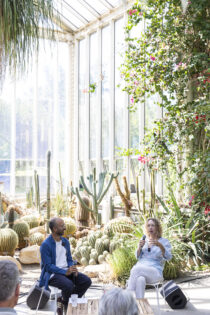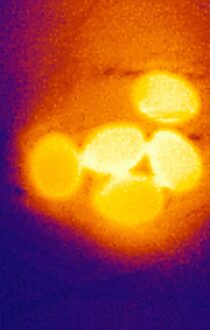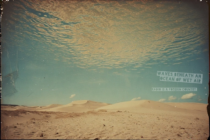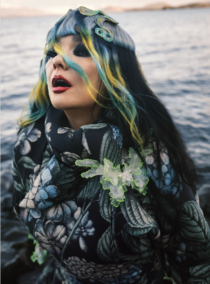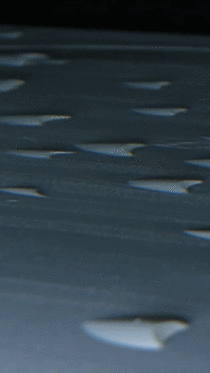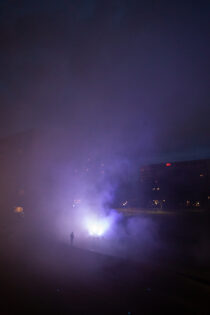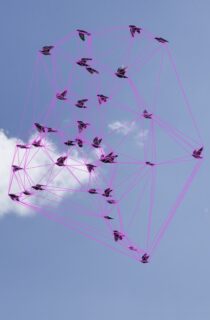A Tentative Call to the Other (2010)
|
Architectural Sound installation with Ali Momeni for DYNASTY (June 10-September 5, 2010) commissioned by Musée d’Art Moderne de la Ville de Paris with support from the Council for Artistic Creation and the City of Paris. PDF documentation here A Tentative Call to the Other consists of a forest of suspended loud-speakers as well as a large speaker nearly 2m in diameter. The installation is situated at the entrance of the Dufy Hall at the Musée d’Art Moderne in Paris. Within this immersive sonic environment, the visitor discovers the barrage of electromagnetic activity that surrounds us. Invisible but omnipresent, these signals are picked up with a special antenna placed on the roof of the museum. In parallel with the sonified electrical activity, visitors also hear sounds originating in outer space, picked up by ESA’s CoRoT Satellite, that are made audible in real-time thanks to a collaboration with Eric Michel from the Paris Observatory. The diffusion of these sounds is punctuated by interviews with astrologers, hymns, and incantations of ritualistic prayers in Southeast Asian languages. This installation thus offers a contemporary reinterpretation of the painted mural by Raoul Dufy, La Fée Electricité (1937), itself a commentary on the impact of the urban electric grid human society. Sounds from Outer Space The observation technique used by CoRoT is known as stellar seismology. Just as seismic waves travel through our planet, sound waves travel through a star, making it vibrate in different modes and at different frequencies. These vibrations make the surface of the star wobble and thereby change the light it emits. By translating these variations of light back into sound, scientists can learn about a star’s size, age, rotation and chemical composition just by listening to the sound it produces. Every 24 hours the data collected by CoRoT is transmitted to earth and made available to a small group of researchers and for the duration of the DYNASTY exhibition to us. Together with Eric Michel we adapted the sonification method used by him and other astro-seismologists for “A Tentative Call to the Other”. By automating the process and by using new audio synthesis techniques we were able to obtain a continuous stream of new sounds from the stars as they are observed by CoRoT. Sun Storms and Submarine Communications VLF’s are typically used in environments with almost no electrical pollution such as deserts and mountains; when used in urban environments however, they uncover a flurry of human activity: In addition to picking up signals from hidden electrical power lines, we also pick up activity from elevators, cars, navigation systems, light switches, submarine communications and many other artefacts of la Fée Électricité as anticipated by Dufy. In quiet conditions we can even pick up bio- electrical activity such as the static electricity produced by an insect’s wing beat or a walking person’s muscles. Analog Spatialisation System (ASS) Acknowledgment |




